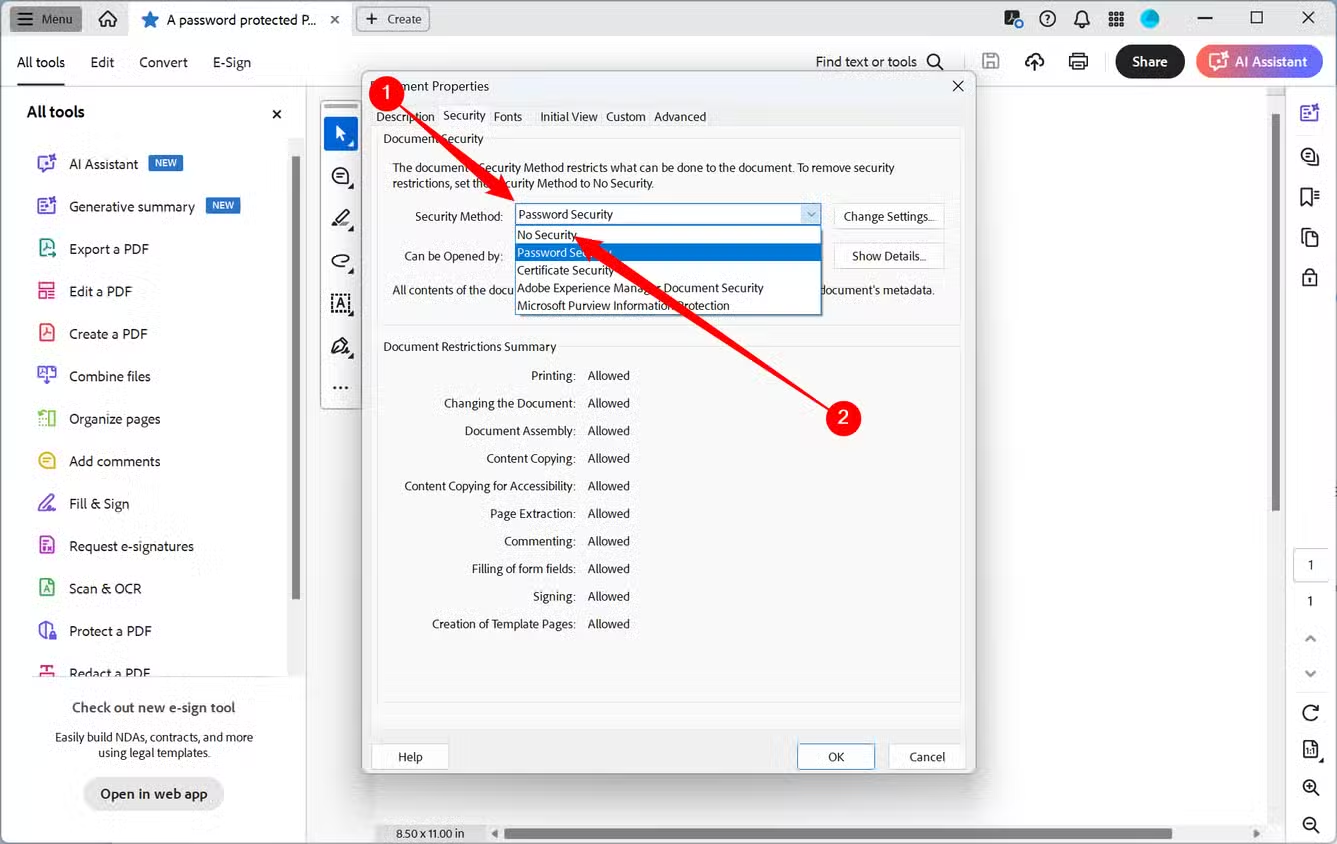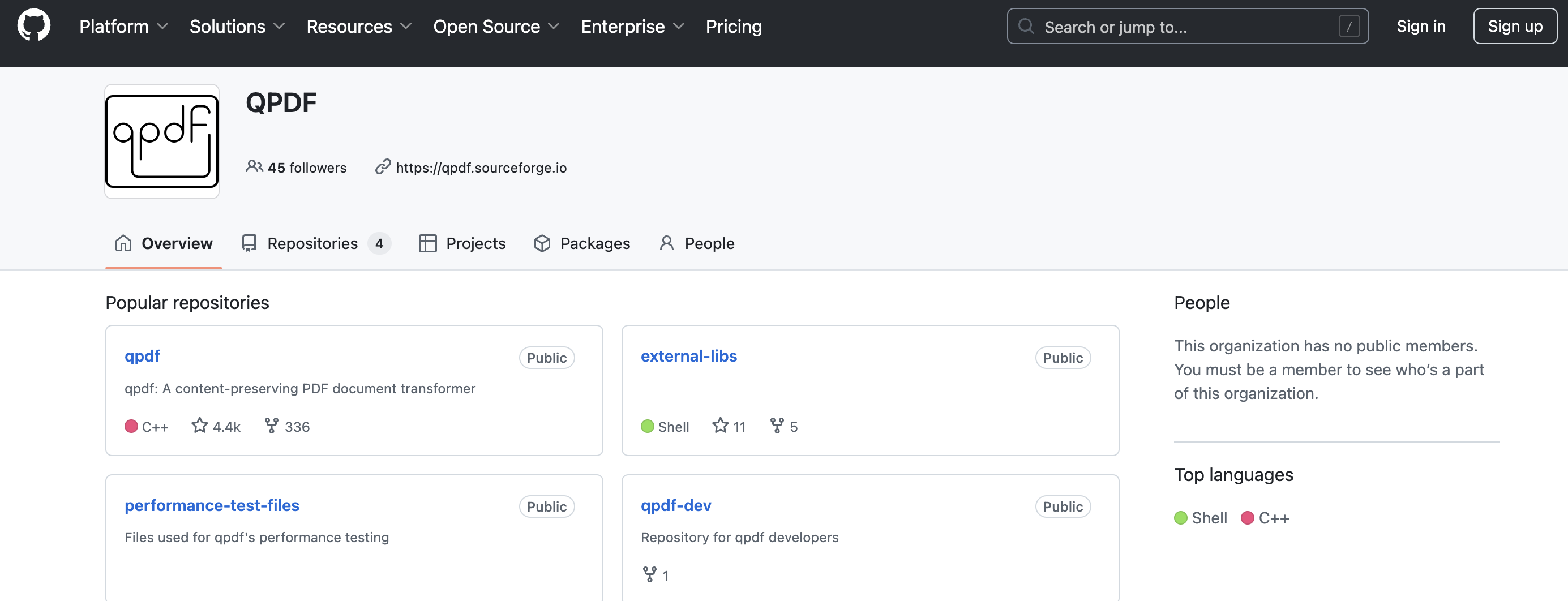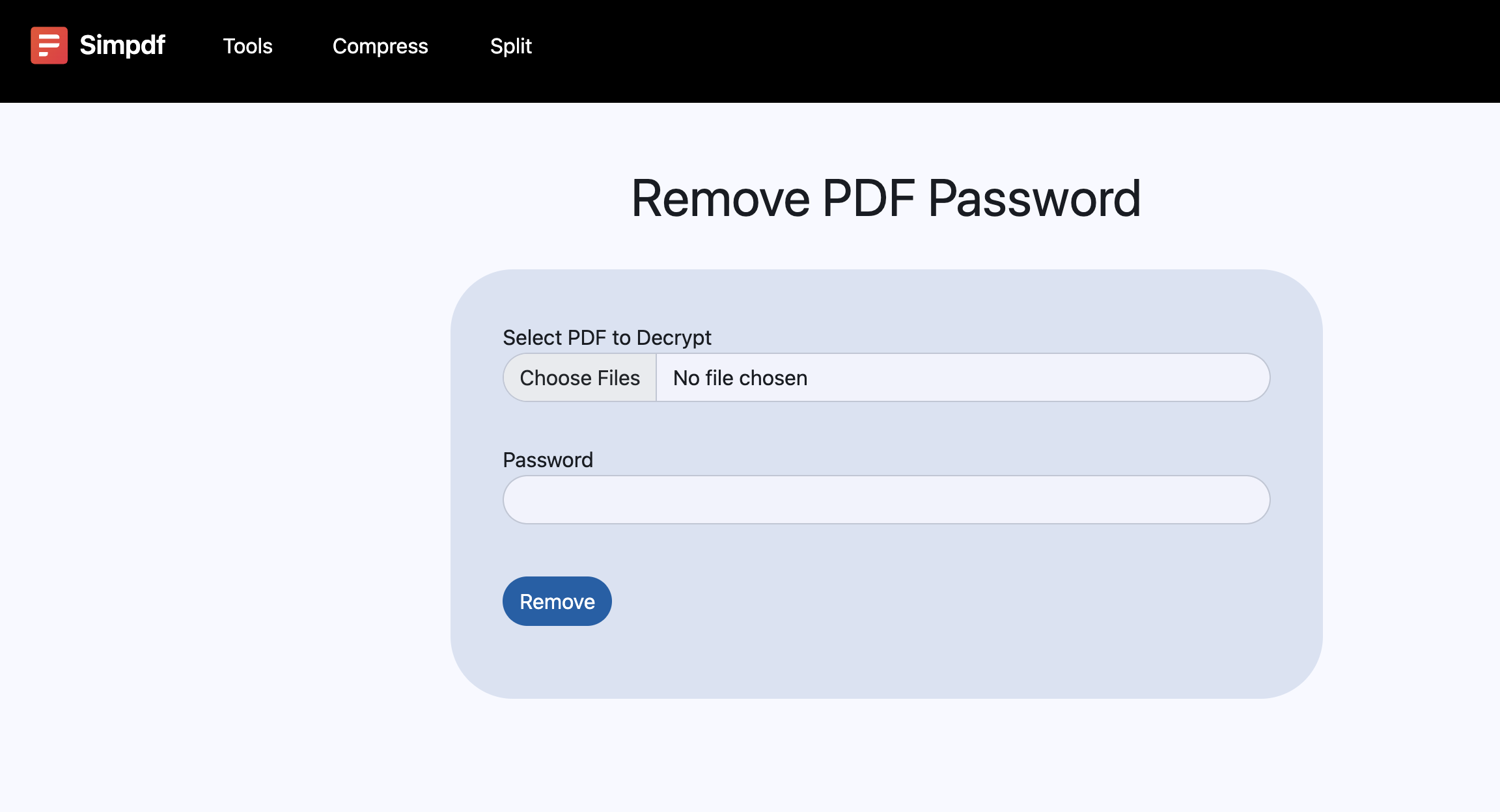PDFs (Portable Document Format) are one of the most widely used document types for sharing reports, eBooks, forms, and contracts. Sometimes, these files are protected with passwords to restrict unauthorized access or editing. While this feature enhances security, it can also become inconvenient when you need to repeatedly enter a password for documents you legitimately own or manage.
In such cases, you may want to deactivate or remove the password for easier access. This guide explains how to safely remove a PDF password using different tools.
1. Why You Need to Deactivate Password in PDF
Password protection in PDFs is designed to keep files secure, but there are many legitimate reasons to remove or deactivate it once access is already authorized. Here are some of the most common:
- Convenience for Frequent Access
Entering a password each time you open the same PDF can be tedious, especially if it’s a document you use regularly. Deactivating the password saves time and improves workflow efficiency. - Batch Processing or Merging Files
When combining several PDFs (for example, reports, invoices, or study materials), locked files can interrupt the merging process. Removing passwords allows seamless compilation. - Internal Sharing and Collaboration
In a team or organizational setting, multiple people may need to access the same document. Unlocking the file ensures authorized colleagues can work on it without delays. - Backup and Archiving
Forgetting a PDF’s password can lock you out of your own document entirely. Removing protection before archiving ensures you’ll always be able to open the file in the future. - Printing or Editing Restrictions
Some PDFs restrict printing, copying, or annotation. Removing these limitations (when permitted) enables full functionality for legitimate editing or printing purposes.
2. How to Deactivate Password in PDF?
Below are several trusted methods and tools you can use to remove PDF passwords safely and efficiently.
2.1 Deactivate PDF Password Using Adobe Acrobat Pro
Adobe Acrobat Pro is the industry-standard software for creating, editing, and managing PDFs. Developed by Adobe Systems, it offers robust security tools, including the ability to add or remove password protection. It is a paid tool, but it’s highly reliable and preserves the document’s structure, fonts, and layout perfectly.
단계:
- Launch the program on your computer (available for Windows and macOS).
- Go to File → Open, then select the password-protected PDF. When prompted, enter the correct password to access the file.
- Go to File → Properties → Security tab. Under Security Method, select No Security from the dropdown menu. Confirm your choice by entering the password again if prompted.
- Go to File → Save or Save As to create an unprotected version of the document.

2.2 Deactivate PDF Password Using qpdf
qpdf is a lightweight, open-source command-line utility that works on Windows, macOS, and Linux. It’s a powerful tool for advanced users who prefer scripting or batch processing multiple files. qpdf doesn’t break encryption — it removes passwords from PDFs when you already know the correct one.
단계:
- Install qpdf on your Windows or Mac;
- Open your command prompt (Windows) or terminal (macOS/Linux) and enter: qpdf –password=YOURPASSWORD –decrypt input.pdf output.pdf
Replace:
YOURPASSWORDwith the actual password.input.pdfwith the locked file name.output.pdfwith the name of the new unlocked file.
You’ll now have an unprotected version saved locally.

2.3 Deactivate PDF Password Using PDFtk
PDFtk (PDF Toolkit) is another free, command-line tool designed for manipulating PDF files. It’s simpler than qpdf but offers fewer features. PDFtk can merge, split, and unlock PDFs — as long as you have the correct password.
단계:
- Download and install PDFtk on your device. You can find it on pdflabs.com.
- Open the command line or terminal.
Use the following syntax:
pdftk secured.pdf input_pw YOURPASSWORD output unsecured.pdf
Replace:
secured.pdfwith the locked file name.YOURPASSWORDwith the correct password.unsecured.pdfwith your new unlocked file name.
The resulting PDF will be free from password protection.

2.4 Deactivate PDF Password Using SimPDF
심PDF is a web-based tool that allows you to remove passwords from PDFs directly in your browser. It’s convenient because it doesn’t require installation, making it ideal for users who need a quick fix. You simply upload the file, provide the password (if needed), and download the unlocked version.
단계:
- Open your browser and visit https://simpdf.tools/ .
- Click on Choose Files, and select the protected document.
- Type in the correct password to allow the service to decrypt it.
- Click Unlock PDF or Remove Password. Once processed, download the unprotected file.

3. Comparison Table
| 도구 | 유형 | 플랫폼 | 사용 편의성 | Free/Paid | Internet Required | 최고의 대상 | Security Level | Key Strength |
|---|---|---|---|---|---|---|---|---|
| Adobe Acrobat Pro | GUI (Desktop) | 윈도우, 맥OS | ★★★★★ | Paid | 아니요 | Professionals, businesses | Very High | Reliable, feature-rich |
| qpdf | Command-line | Windows, macOS, Linux | ★★☆☆☆ | 무료 | 아니요 | Advanced users, automation | Very High | Open-source, flexible |
| PDFtk | Command-line | Windows, Linux, macOS | ★★★☆☆ | 무료 | 아니요 | Quick tasks | 높은 | Simple and fast |
| 심PDF | Online tool | Any (browser-based) | ★★★★★ | 무료 | 예 | Casual users | 높은 | No installation, easy to use |
4. 결론
Removing a password from a PDF doesn’t have to be complicated. While tools like Adobe Acrobat Pro, qpdf, and PDFtk are excellent offline options, SimPDF stands out for its simplicity and accessibility. It lets you unlock PDFs directly from your browser—no installation, no technical setup, and no hassle. For most everyday users who just need to quickly deactivate a password on a non-confidential file, 심PDF is the fastest and most convenient solution available.